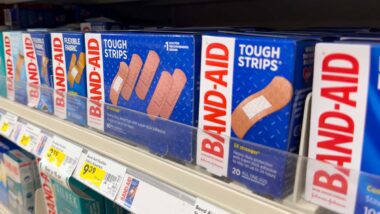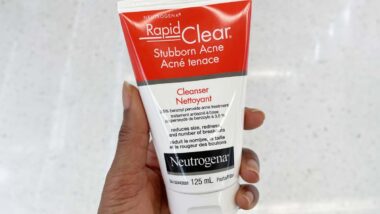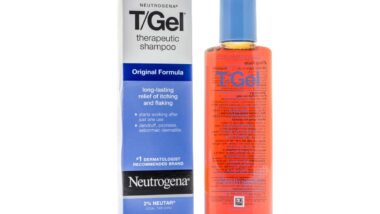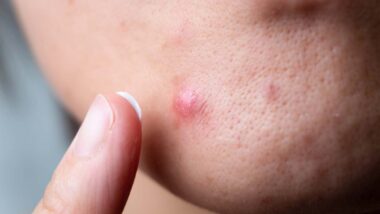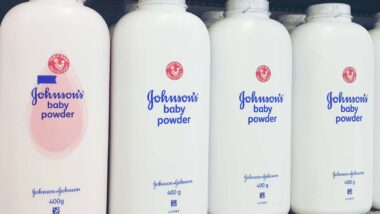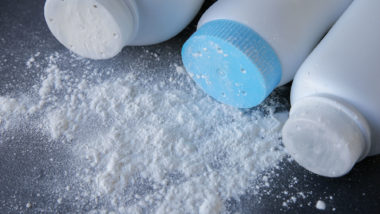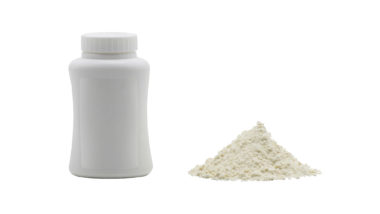Top Class Actions’s website and social media posts use affiliate links. If you make a purchase using such links, we may receive a commission, but it will not result in any additional charges to you. Please review our Affiliate Link Disclosure for more information.
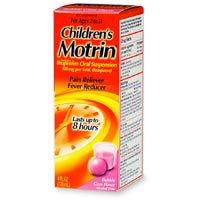
The Massachusetts high court found that contrary to the defendant’s arguments, the Supreme court’s ruling in the landmark case Wyeth v. Levine did not prevent the plaintiff’s SJS claims in this Children’s Motrin Stevens Johnson Syndrome Lawsuit.
History of Children’s Motrin SJS Lawsuit
The Supreme Judicial Court’s decision validates a February 2013 jury decision which ruled in favor of plaintiff Samantha R. and her family. According to her Motrin SJS lawsuit, Samantha allegedly developed Stevens Johnson Syndrome, a painful and often fatal skin condition, as part of an allergic reaction to J&J’s Children’s Motrin.
The plaintiff was seven-years old in 2003 when she contracted SJS and has since required numerous hospital stays and surgeries to deal with the resulting Motrin SJS side effects and complications.
According to the Motrin SJS lawsuit, Samantha’s lawyers argue that her SJS condition later morphed into Toxic Epidermal Necrolysis, or TEN, a more advanced version of SJS in which burns, scars and blisters cover over 30 percent of the patient’s body, causing skin to fall off in swathes.
When a patient develops TEN from SJS, their fatality rate increases dramatically. Samantha’s Motrin SJS lawsuit claims, the young girl lost approximately 90 percent of her skin, as well as 80 percent of her lung capacity, and still suffers from blindness caused by her SJS ordeal, even at the age of 18.
However, Johnson & Johnson argued with the court’s decision, claiming the 2009 Supreme Court ruling in the case of Wyeth v. Levine preempts Samantha’s family’s SJS claims, as there is evidence that the FDA would have denied the health risks and warnings the plaintiffs argue should have been included with Children’s Motrin.
However, the higher court disagreed with Johnson & Johnson’s argument, stating that “Whether the FDA also would consider including a mention of life-threatening diseases, by itself, to be inappropriate and off limits on the OTC label is anybody’s guess; certainly the reason specified by the FDA for rejecting use of the disease names — consumer unfamiliarity — does not apply to use of such a phrase.”
The Supreme Judicial Court found that there was in fact not clear evidence that the FDA would have rejected the a life-threatening disease warning, such as an SJS warning on Children’s Motrin, for Johnson & Johnson’s warning labels.
Additionally, the court stated, “As for damages, the jury recognized that Samantha suffered horrendous, permanent and debilitating injuries, and both the trial judge and the Supreme Judicial Court properly rejected the defendants’ assertion that the jury’s award was grossly excessive,” according to the Motrin SJS lawsuit.
Stevens Johnson Syndrome Litigation
Samantha’s SJS lawsuit is the second Children’s Motrin SJS settlement upheld by a court, the first being a $10 million Motrin SJS lawsuit verdict upheld by the Pennsylvania Superior Court in December of last year.
In that particular SJS lawsuit, a three-year old girl named Brianna M. developed SJS and later TEN after taking Johnson & Johnson’s brand name Children’s Motrin. While Brianna survived her ordeal with this painful skin reaction, she still deals with SJS complications to this day, including permanent blindness. The affirmed $10 million SJS award has to help her and her family pay for her medical expenses and other costs related to her SJS disease.
Samantha and Brianna are not the only children to suffer from SJS and TEN after taking a prescription or over-the-counter medication. Many families are now filing SJS lawsuits and SJS class action lawsuits against drug manufacturers like Johnson & Johnson for failing to warn consumers and doctors of all the risks associated with their drugs.
Do YOU have a legal claim? Fill out the form on this page now for a free, immediate, and confidential case evaluation. The Stevens Johnson Syndrome attorneys who work with Top Class Actions will contact you if you qualify to let you know if an individual lawsuit or class action lawsuit is best for you. [In general, SJS lawsuits are filed individually by each plaintiff and are not class actions.] Hurry — statutes of limitations may apply.
ATTORNEY ADVERTISING
Top Class Actions is a Proud Member of the American Bar Association
LEGAL INFORMATION IS NOT LEGAL ADVICE
Top Class Actions Legal Statement
©2008 – 2024 Top Class Actions® LLC
Various Trademarks held by their respective owners
This website is not intended for viewing or usage by European Union citizens.
Get Help – It’s Free
Help for Victims of Stevens Johnson Syndrome
If you or a loved one were diagnosed with Stevens Johnson Syndrome (SJS) or toxic epidermal necrolysis (TEN) after taking a prescribed or over-the-counter medication, you may be eligible to take legal action against the drug’s manufacturer. Filing an SJS lawsuit or class action lawsuit may help you obtain compensation for medical bills, pain and suffering, and other damages. Obtain a free and confidential review of your case by filling out the form below.
An attorney will contact you if you qualify to discuss the details of your potential case at no charge to you.
Oops! We could not locate your form.

